
Southern Rockhopper Penguin
Eudyptes chrysocome
Also known as: Rocky Penguin


Eudyptes chrysocome
Also known as: Rocky Penguin

The southern rockhopper penguin is a charismatic native of New Zealand's subantarctic islands. These plucky penguins are known for their distinctive yellow crest feathers and their ability to hop nimbly over rocky terrain. Of all crested penguins, they are the smallest. Their animated personalities and unique appearance make them a favourite among penguin enthusiasts.
1. Distinctive yellow crest feathers above the eyes, forming spiky 'eyebrows'.
2. Unique hopping movement over rocks, rather than waddling like other penguins.
3. Compact size with a black back, white front, and red eyes.
Southern rockhoppers breed in dense colonies, laying two eggs but usually raising only one chick. They're monogamous and share parenting duties. These penguins are impressive swimmers, spending months at sea outside the breeding season. Climate change affecting food availability is a significant threat, causing population declines in some areas.
Southern rockhopper penguins are found on New Zealand's subantarctic islands, including Campbell, Auckland, and Antipodes Islands. They prefer rocky coastal areas for nesting. The best time to spot them is during their breeding season from September to November. Look for them hopping among the rocks or gathered in noisy colonies. Tip: Listen for their loud, braying calls which can help locate the colonies even before you see the birds.
Southern rockhopper penguins have long been residents of New Zealand's subantarctic islands, playing a crucial role in these unique ecosystems. While not traditionally significant in Māori culture due to their remote location, they've become important subjects for conservation efforts and scientific study, highlighting the biodiversity of New Zealand's stretching territories.
51 cm
2750 g
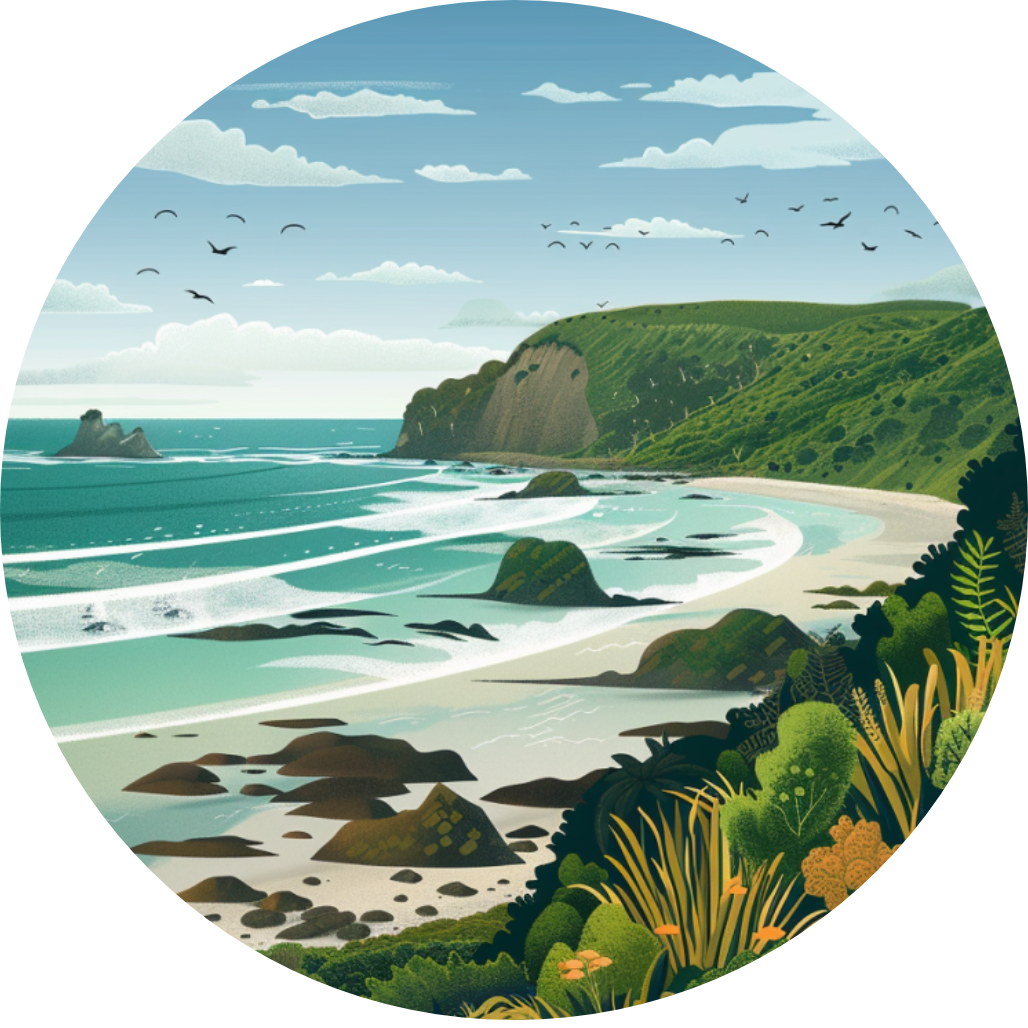
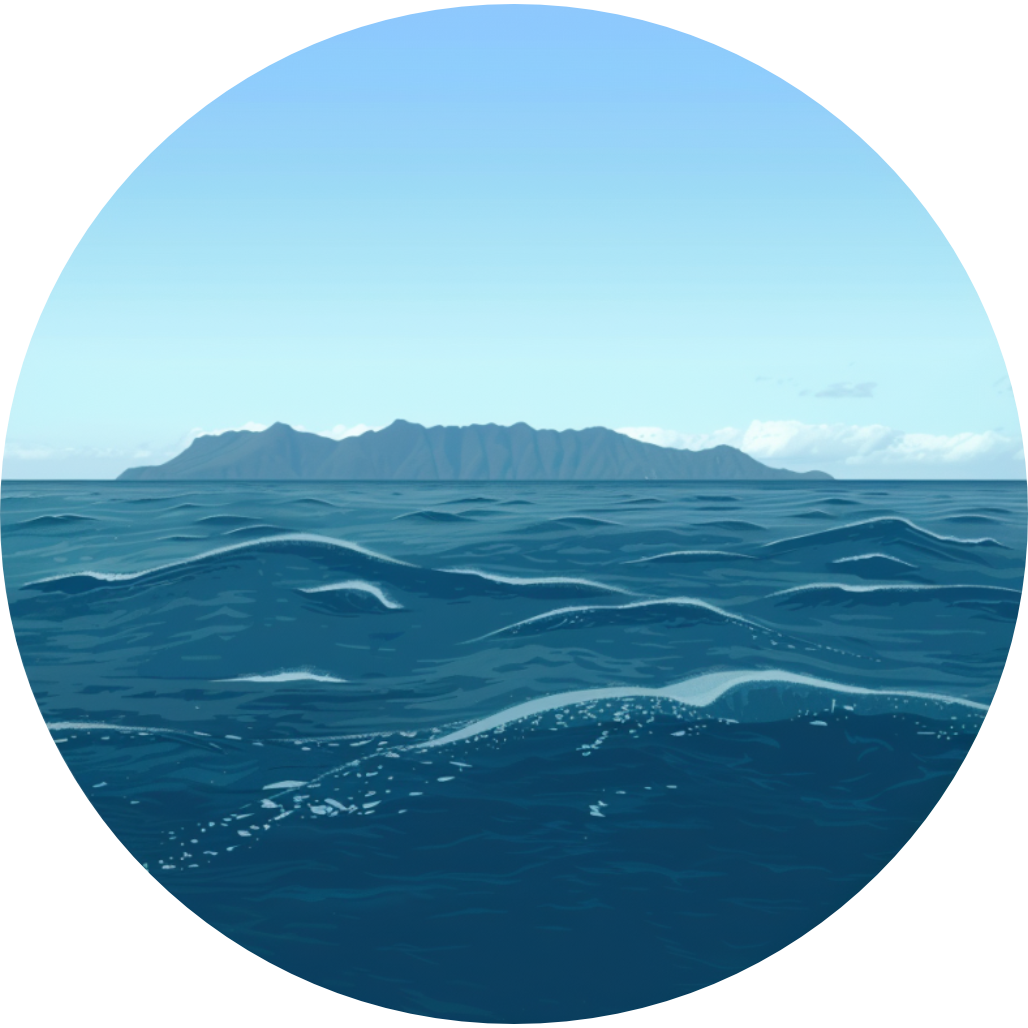
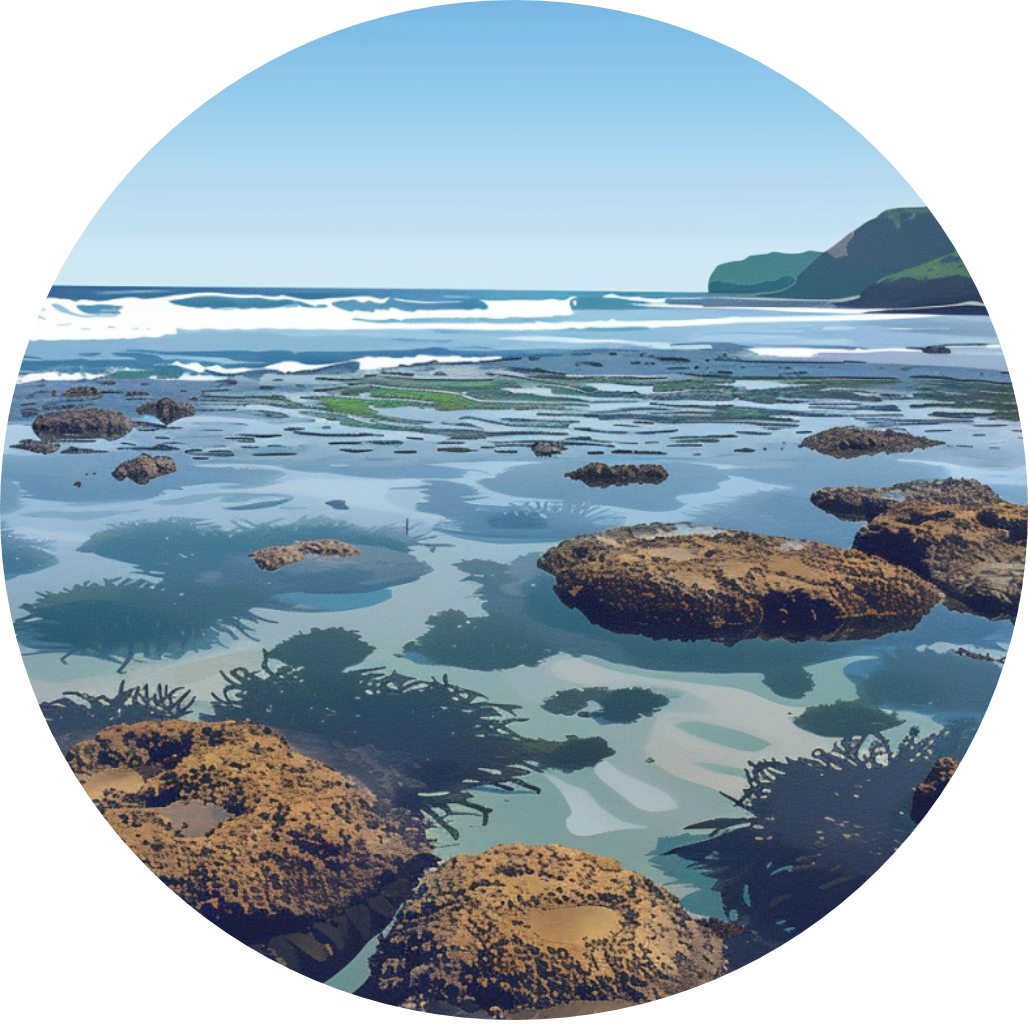

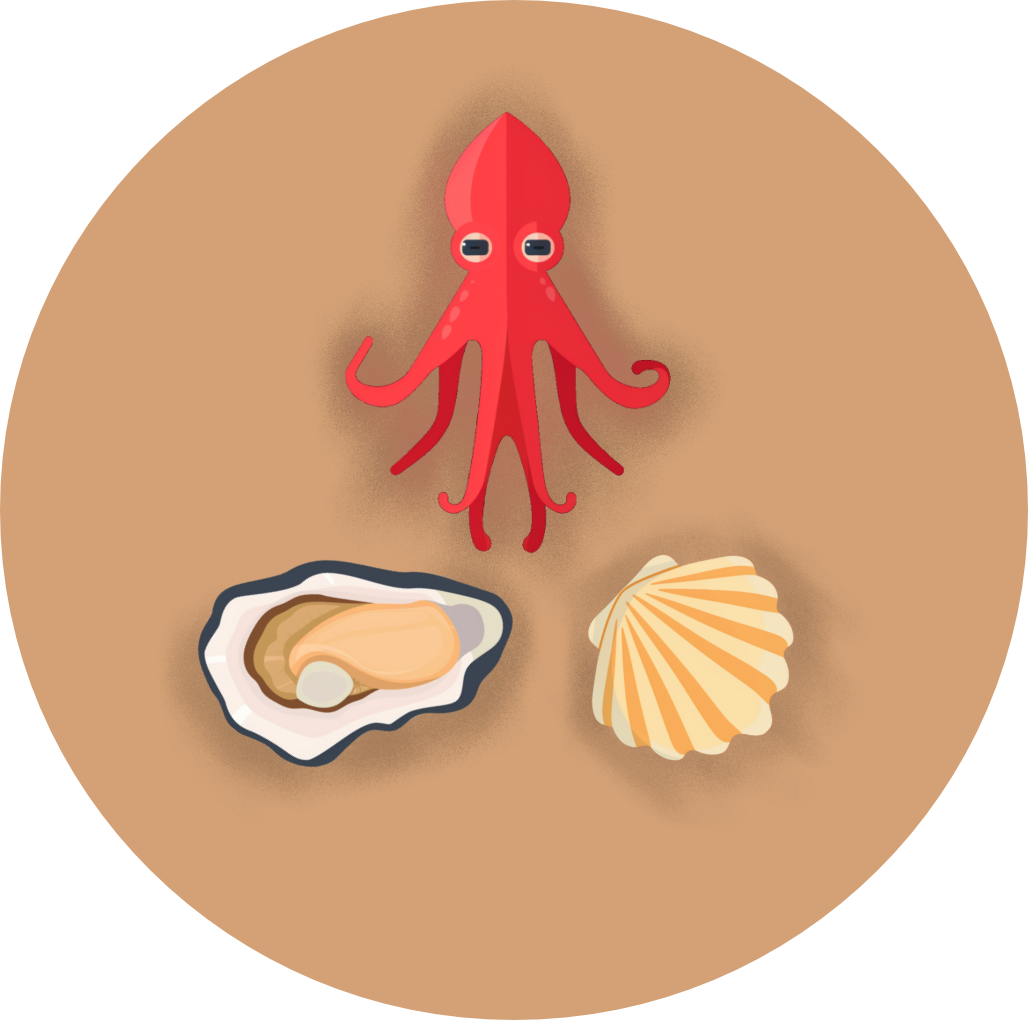
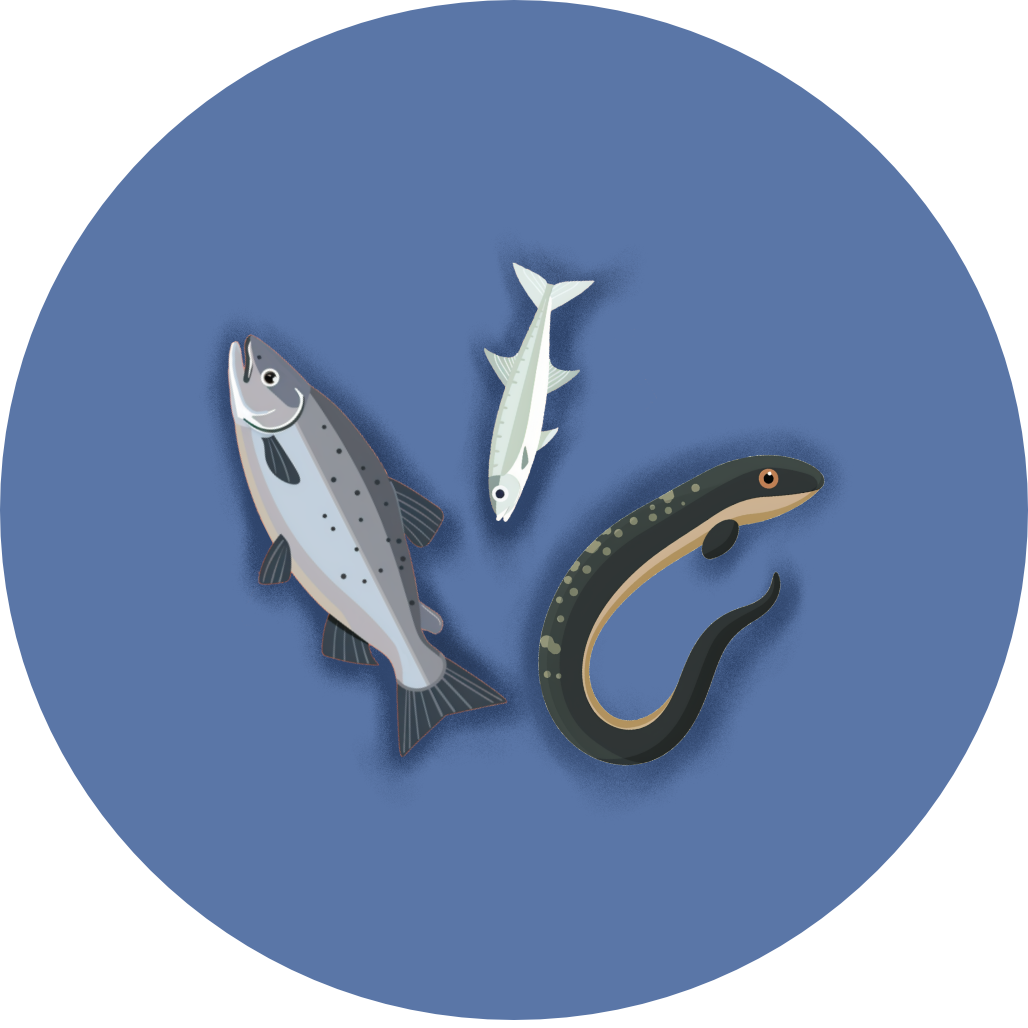
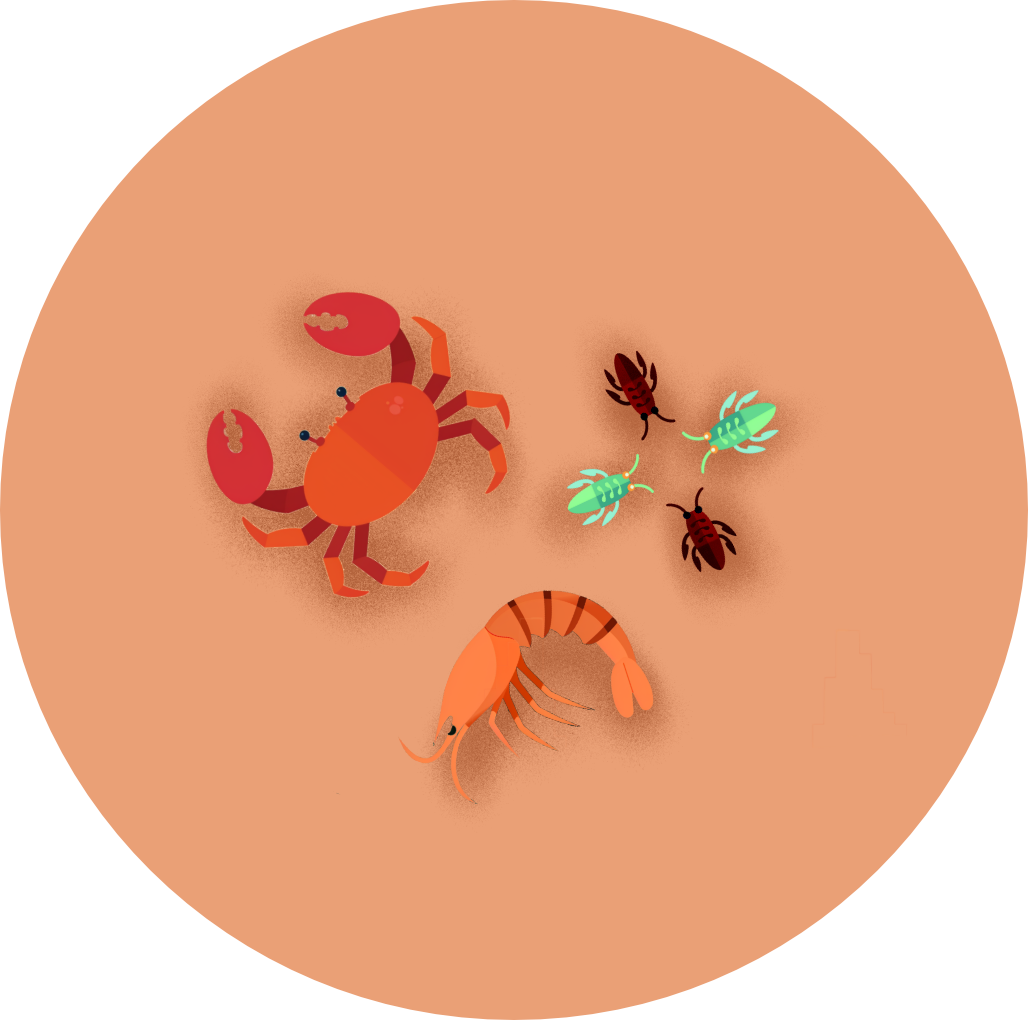
Coming Soon!
Top birding locations will be available in a future update.